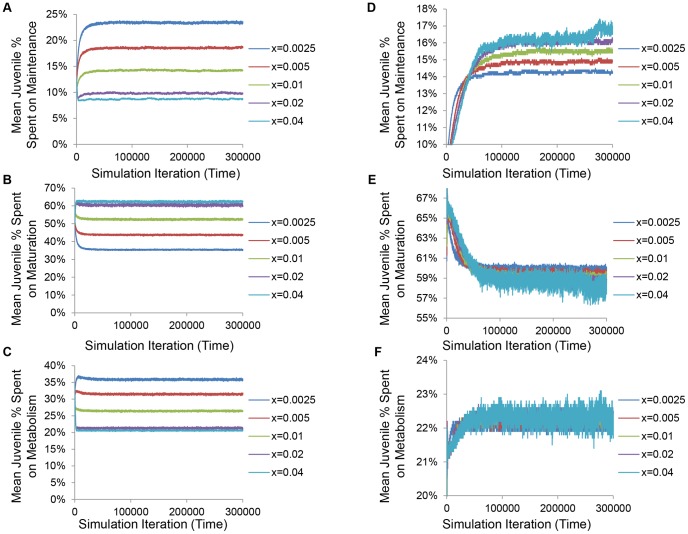Figure 4. Changes in evolved lifespan and maturation age are accompanied by corresponding shifts in juvenile energetic investments.
Under classical (A–C) and non-classical conditions (D–F), the percentage of per-iteration energy devoted to somatic maintenance, reproduction, and metabolism by juveniles is shown. In both cases, the majority of energy was devoted to reproduction, followed by metabolism, followed by somatic maintenance (A–F). Under classical conditions, rising levels of predation,  , caused juveniles to invest less in somatic maintenance (A), more into early peak fertility (B), and less into metabolism (C). Under non-classical conditions, larger values of
, caused juveniles to invest less in somatic maintenance (A), more into early peak fertility (B), and less into metabolism (C). Under non-classical conditions, larger values of  caused juveniles to devote less energy to early peak fertility (E) and more towards somatic maintenance (D). Investments in metabolism were comparable for various values of predation modifier,
caused juveniles to devote less energy to early peak fertility (E) and more towards somatic maintenance (D). Investments in metabolism were comparable for various values of predation modifier,  (F).
(F).

